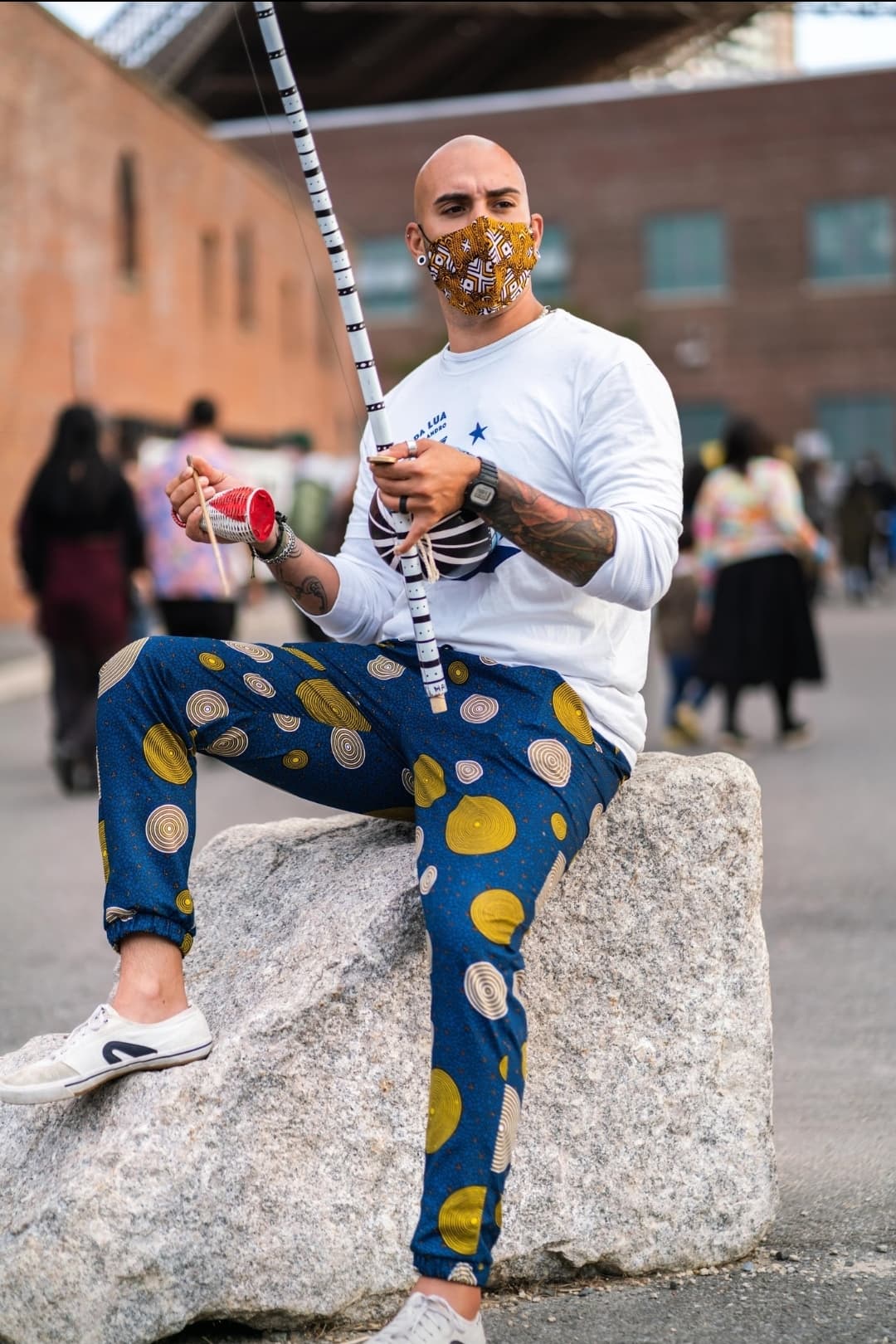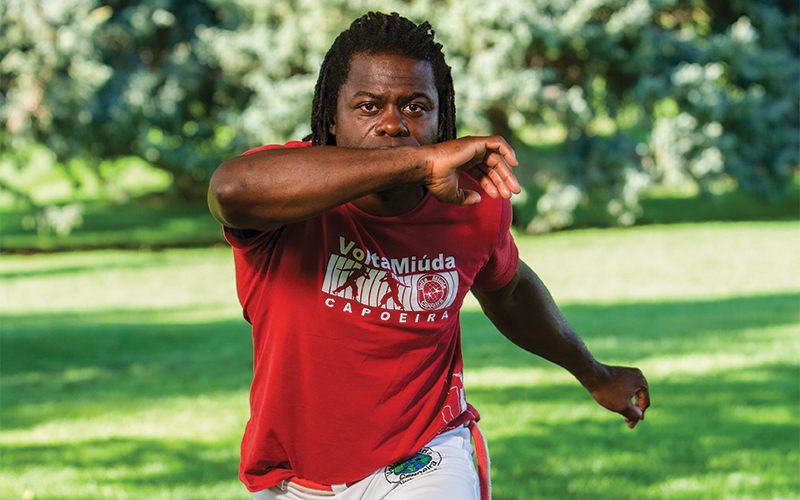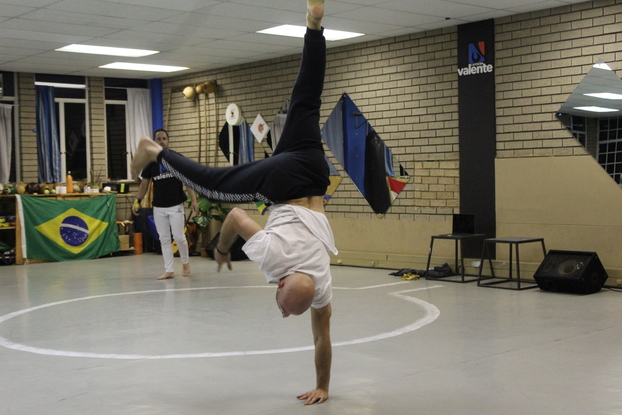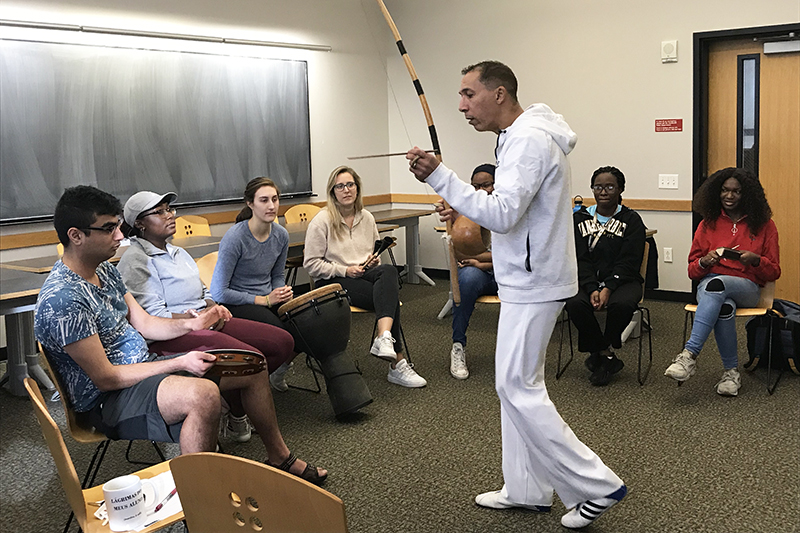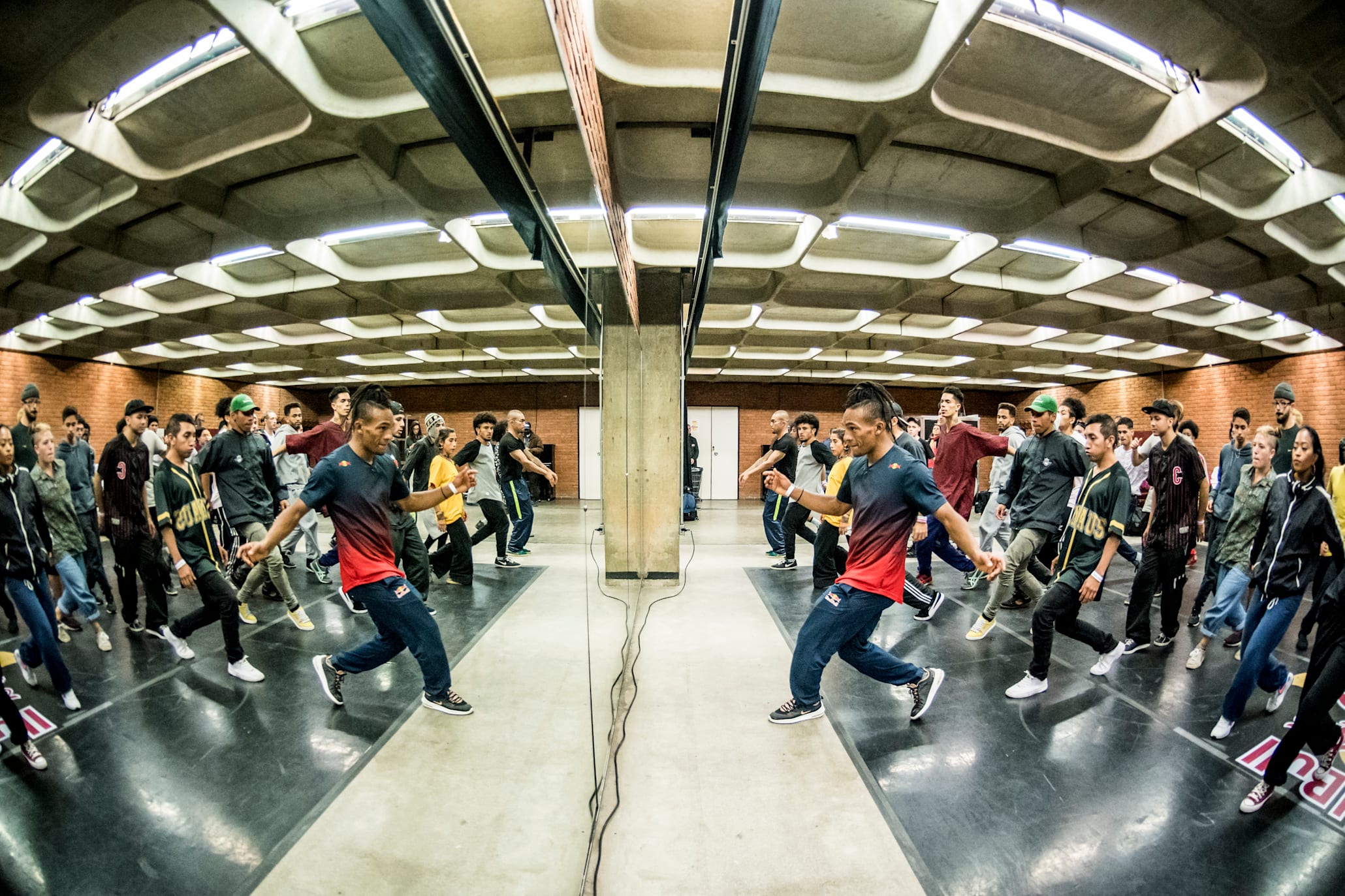Getting Started

It’s common to say that capoeira is an Afro-Brazilian art form that incorporates elements of martial arts, music, dance, and acrobatics. Capoeiristas know it’s much more than that. And if you haven’t tried capoeira yourself, maybe you’ve seen it being performed, where you surely noticed that it’s always accompanied by live music—instruments, voices, and clapping; just one of the many ways in which capoeira sets itself apart in a world full of martial arts.
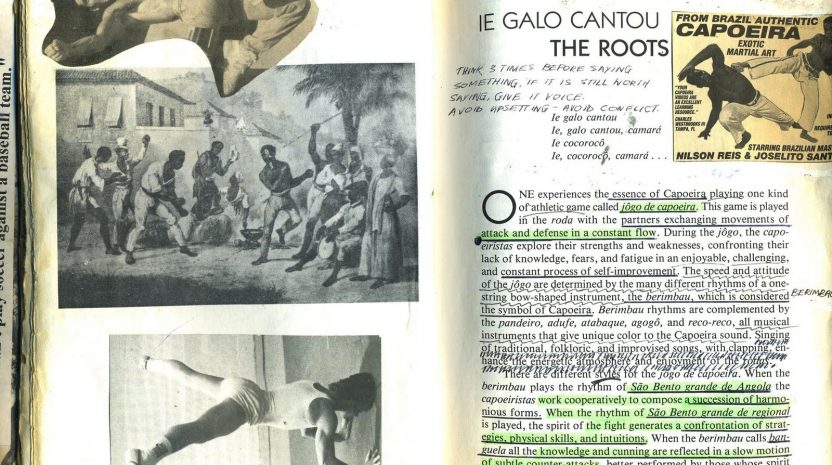
It’s easy enough to search an online bookstore, such as Barnes and Noble or Amazon, for “capoeira” and take a chance on whatever comes up—but if you aren’t familiar with the authors or specific topics, how will you know where to begin?
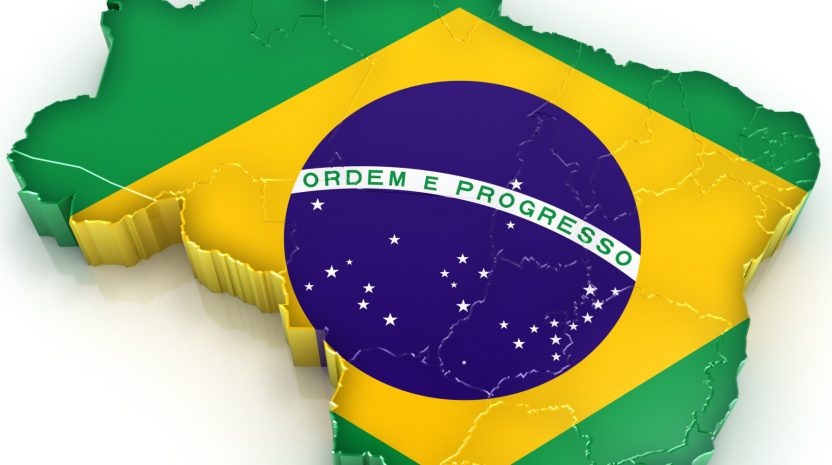
Knowing some Brazilian Portuguese (BP) is essential for any capoeirista—every aspect of capoeira uses words, phrases, and idioms from Brazil’s national language. For non-native speakers, this can be a significant hurdle in learning capoeira as well as interacting with teachers and peers. Fortunately, in the digital age, resources for learning BP are abundant and free!
Brazilian Portuguese
First, a little background on the language itself:
- Mostly spoken in Brazil, it is one dialect of…
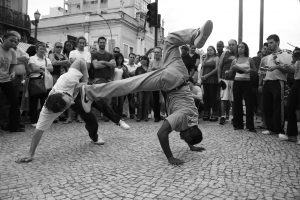
The Calling
Somehow, you’ve arrived here. Capoeira has called you. Make no mistake, it does not call out to everyone. You find yourself within eyesight or earshot of a roda (pronounced “hoda”, a circle of people where capoeira takes place) and have become transfixed on the jogo (game). Perhaps this experience was virtual, through television or YouTube. Maybe it was vicarious, via an exciting story a friend has told you. Whatever your exposure, you’ve begun to answer the call of…

